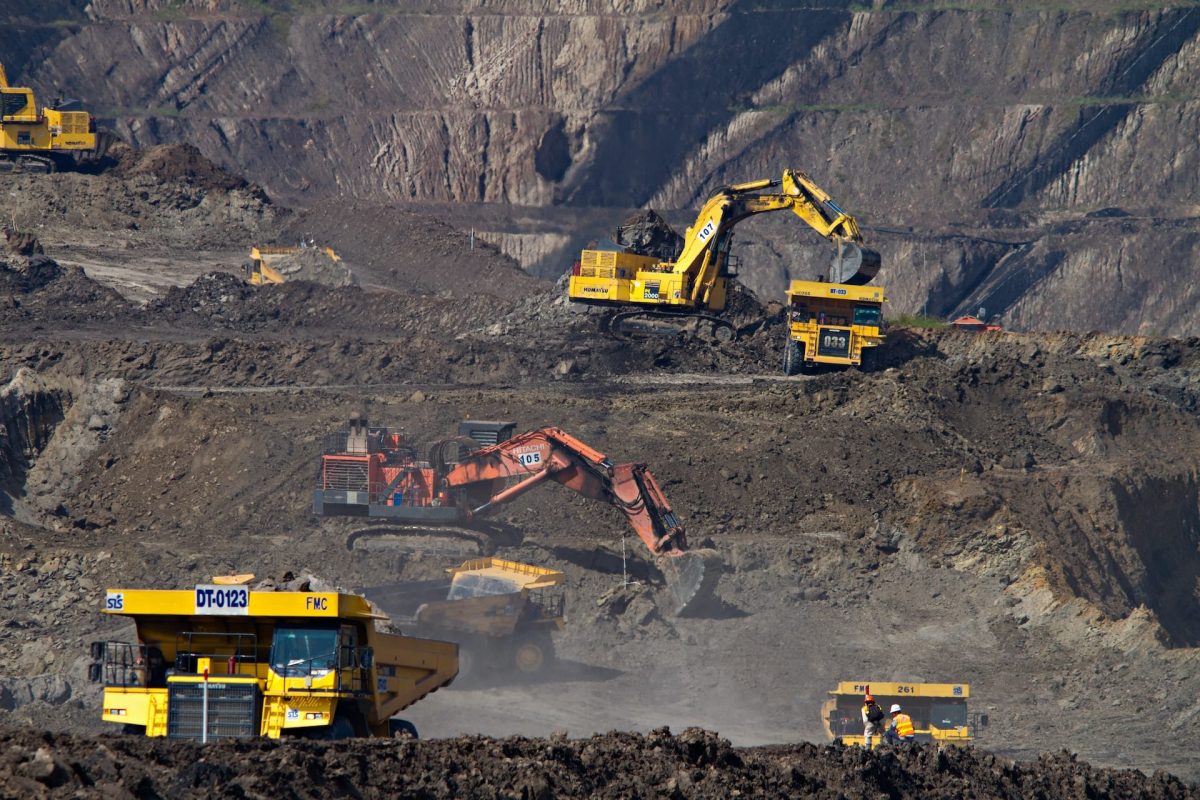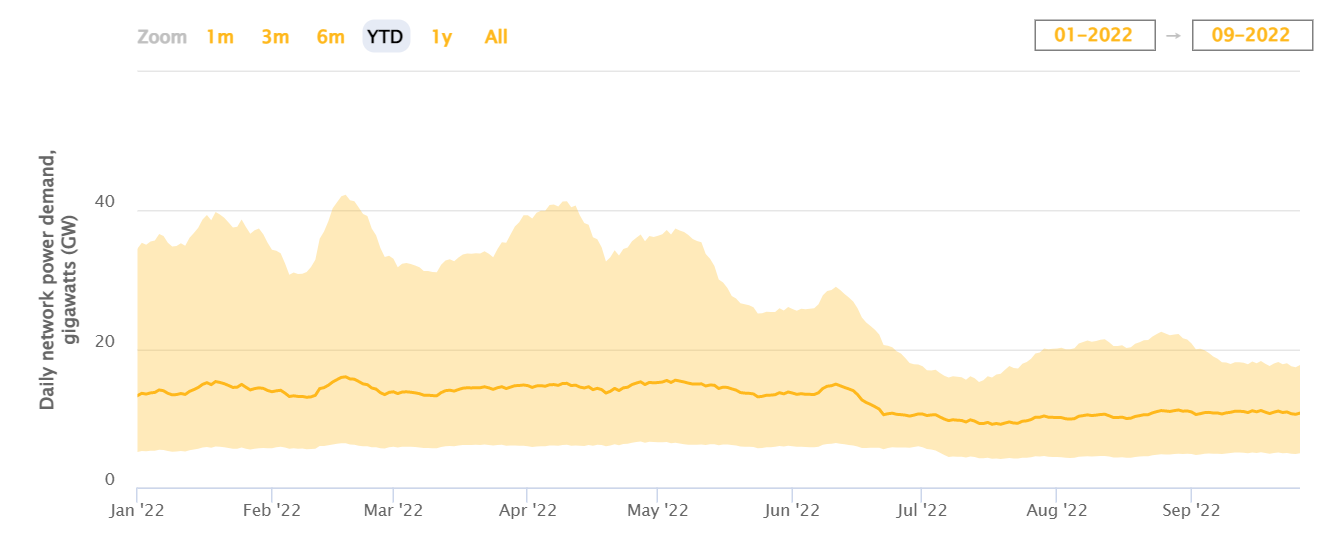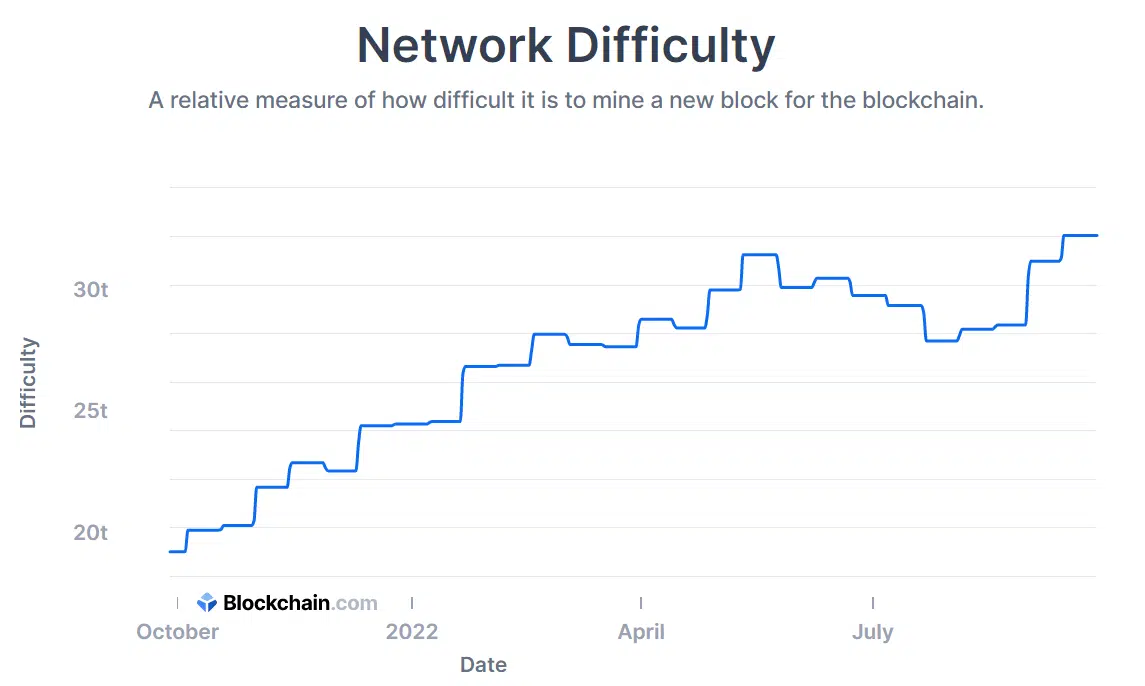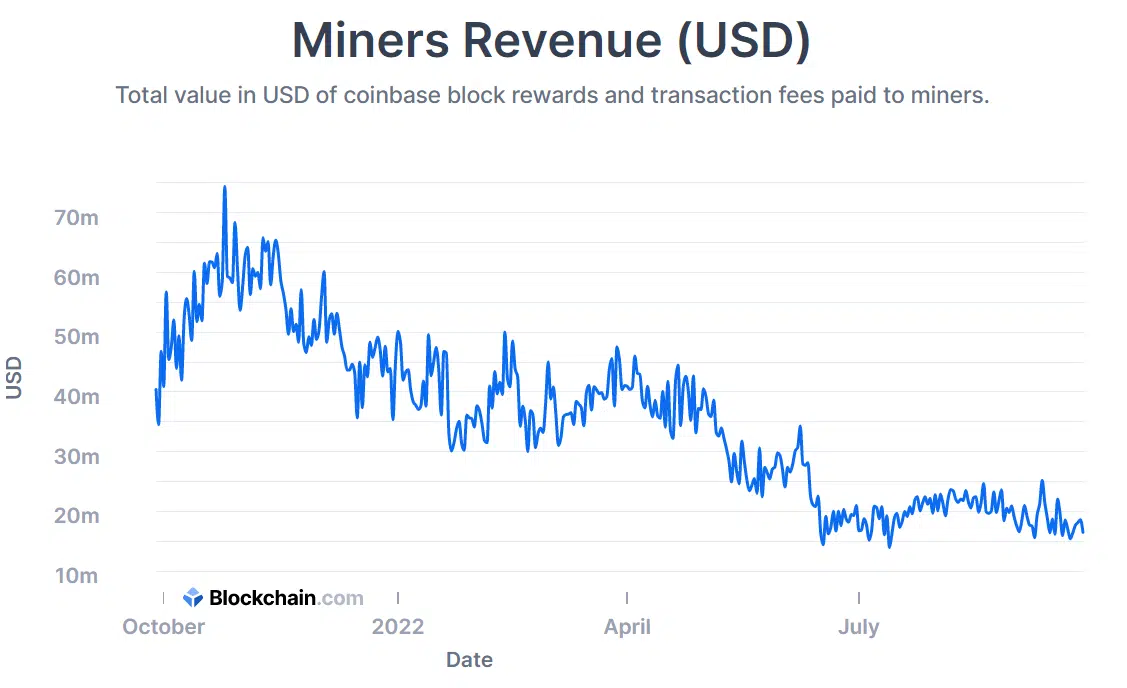Bitcoin’s emission rate might surprise HODLers in this bear season

The bear market has been in effect for some time, and it may have resulted in Bitcoin reducing its emissions. The reports from the Cambridge Centre for Alternative Finance showed a decline in Bitcoin power demand and consumption.
This has also resulted in a decrease in emissions. Well, the drop in the price of Bitcoin has been widely cited as a major cause.
Price drop and emission drop correlation
Examining some key mining metrics may aid in understanding the relationship between Bitcoin’s price drop and decrease in emissions.
According to blockchain.com, the network difficulty has been increasing over the years and, at press time, it was at 32.045t. This means that the amount of time and the computer power required to add a block to the network has increased. The total hash rate has also increased over time to stand at 227.341 million Terra hash per second, at press time.
However, the increase in network difficulty and the corresponding increase in total hash rate has not resulted in an increase in miners’ revenue.
Aside from the decrease in miners’ rewards caused by Bitcoin halving over the years, the decline in Bitcoin price has also played a role.
Due to the profitability of Bitcoin mining in previous years, more miners flocked to the network. As a result, mining difficulty increased, as did the demand for more sophisticated mining rigs.
However, declining revenue and an increasing hash rate have made Bitcoin mining less profitable. This has resulted in efforts to replace older mining rigs with more energy-efficient rigs. This has also led to a decrease in energy consumption and emissions.
Well, constant criticism has been directed at the Proof of work network mechanism due to its high energy consumption. Vitalik Buterin claimed a 0.2% decrease in worldwide energy consumption as a result of Ethereum’s switch to the Proof of Stake network.
As one of the largest Proof of Work blockchain networks after Bitcoin, Ethereum’s transition to PoS has stoked the fires of contention between the two models.
PoS appears to be superior to PoW in terms of energy efficiency. Bitcoin’s energy usage and emissions have decreased thanks to advances in energy-efficient rigs, but not nearly as much as they have on any PoS network.
Whether or not Bitcoin mining will shift to Proof-of-Stake (PoS) or to the creation of more energy-efficient mining machines is still up in the air.









